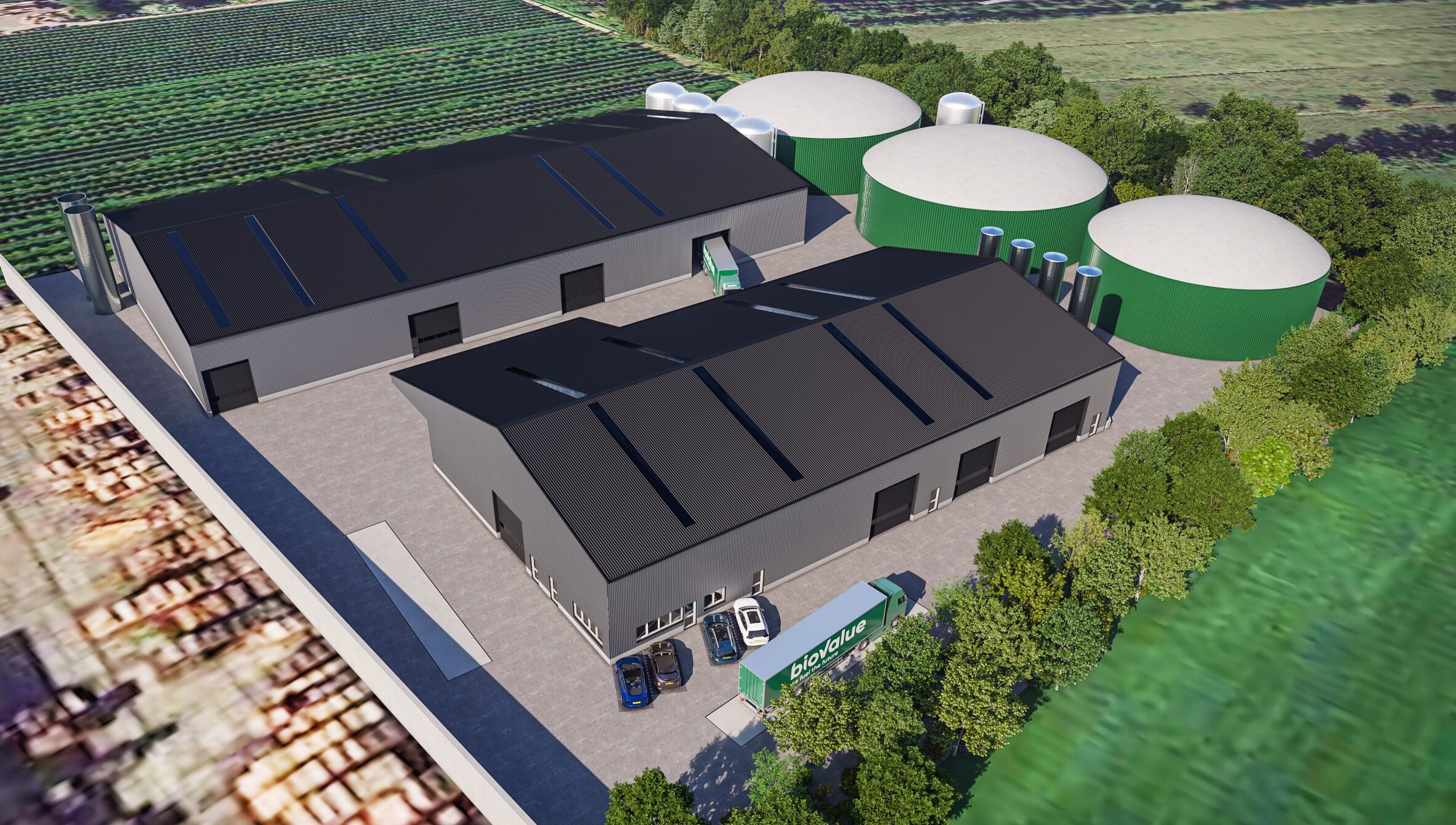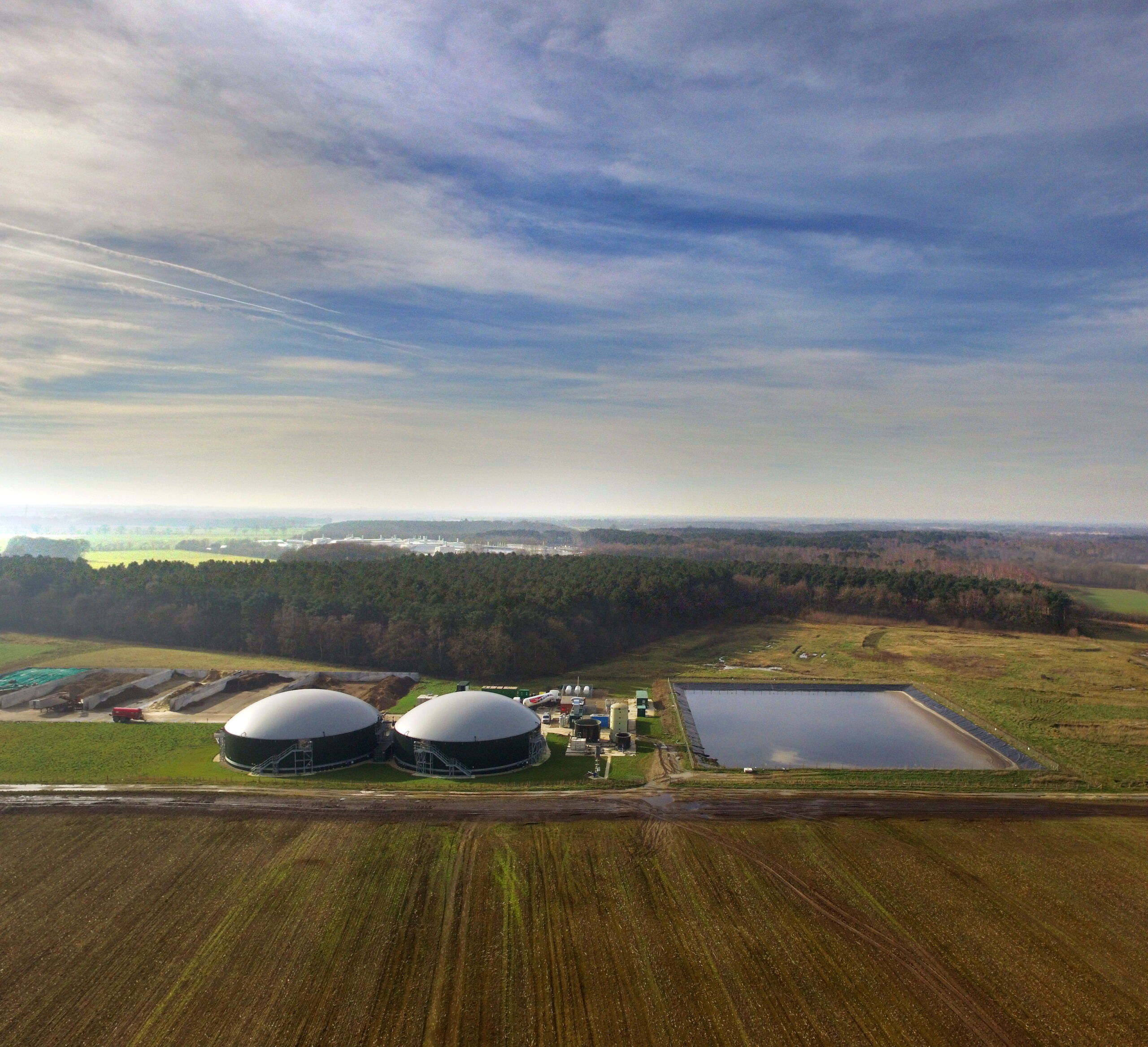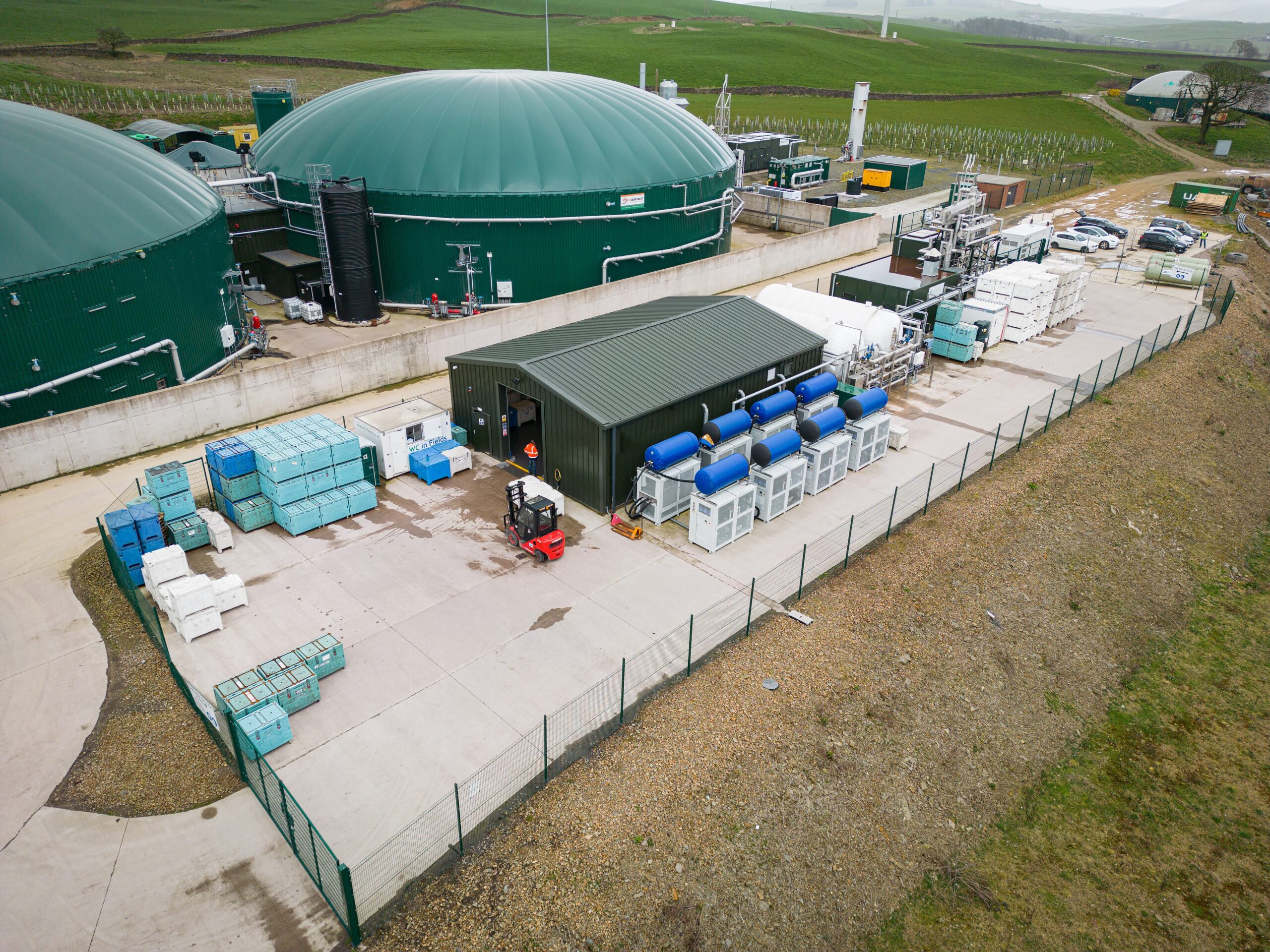Iona Capital has been investigating a range of novel technologies to increase the efficiency of agricultural anaerobic digestion (AD) plants across our portfolio and allow for greater feedstock flexibility. One of the key limitations when processing crop based agricultural feedstocks, particularly low quality, low cost feedstocks such as farm yard manure and hay, is the structure of the feedstock itself. All crop based agricultural feedstock is comprised of three main components; cellulose, hemicellulose and lignin. Hemicellulose and cellulose consist of digestible sugars whereas lignin is an indigestible fibrous substance, which acts like a ‘glue’ to hold the cellulose and hemicellulose together, giving structure and rigidity to crops.
The process of anaerobic digestion efficiently breaks down a large proportion of the hemicellulose and cellulose fraction, in a series of steps to produce methane gas which can be injected into the national gas grid or burned in an engine to produce heat and electricity. However, the microorganisms responsible for anaerobic digestion cannot process lignin and a portion of the digestible sugars become ‘trapped’ in the lignin ‘glue’, inaccessible for methane production. If the lignin ‘glue’ can be degraded the trapped sugars become accessible to the methane producing microorganisms, allowing additional biogas to be produced, resulting in a biogas uplift and increased digester efficiency. Effective lignin degradation has the added benefit of increased feedstock flexibility as it would allow fibrous, low quality feedstocks such as hay and manure to be utilised.
Emerging technologies such as the Vogelsang Disruptor unit and the Cavimax Hydrodynamic Cavitation system aim to increase digester efficiency by using mechanical forces to degrade lignin contained in the feedstocks. As part of our efforts to maximise efficiency across our portfolio we have undertaken the first full scale UK trials for both of these novel technologies. The Disruptor utilises mechanical disintegration using external forces to reduce the size of the particles contained within the feedstock, disrupting the solid matter by processing the substrate past 6 rapidly rotating blades which crush and grind the solid particles, degrading the lignin ‘glue’ and increasing the feedstock surface area. The Cavimax produces shockwaves by moving the substrate from a high to low pressure environment, causing millions of microscopic bubbles to form and then collapse. The localised pressure gradients that are created then shear the solid particles, increasing the surface are and breaking down the lignin ‘glue’.
Both technologies have the potential to lead to more rapid biogas production, improved biogas production, increased efficiency and additional feedstock flexibility. Trials have been ongoing across two of our sites throughout 2018, and will draw to a close towards the end of the year.



